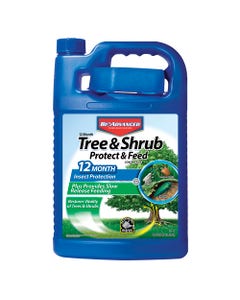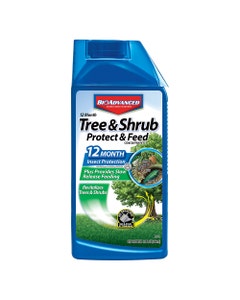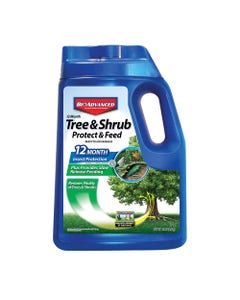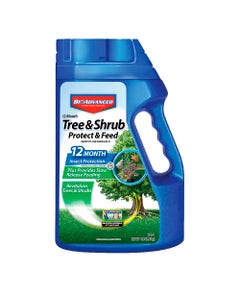

Borers
Borers are usually cream-colored larvae of beetles and moths that feed just below tree bark. They grow from ¼ inch to 1½ inches in length.
Damage
Adults lay eggs on plant bark. Eggs hatch and the larvae bore tunnels into and under the bark of the branches and trunk where they feed. Emerging adults leave behind exit holes and excrement that looks like sawdust. If you see this, you can look for tunnels by removing small pieces of bark. The tunneling weakens tree structure, interrupts transport of water and nutrients, and lowers the value of the trees. Signs of Borer damage include yellowing, wilting foliage and dying limbs. Borers prefer either weak, wounded, stressed or newly-planted trees and shrubs. Many Borers are host plant specific such as Emerald Ash Borer and Eucalyptus Longhorned Borer. They are attracted to or infest specific types of trees. Other Borers attack a range of plants.
Location
Borers are found throughout the United States. Commonly infested tree species include ash, elm, lilac and birch.
Similar or Related Pests
Common Borers include: Emerald Ash Borer, Asian Longhorned Borer
Cultural Solutions
- Since weak and stressed tress are their favorite, make sure to take proper care of your trees during all seasons.
- Immediately cut out and destroy infested limbs or branches.
- Avoid damaging tree trunks with weed whips or lawn mowers.
- Some Borers are attracted to cut branches, avoid pruning trees and shrubs prior to adults laying eggs. Check with your cooperative extension for timing.
- Plant only species that are well adapted to your area.
- Inspect trees and plants frequently to catch early signs of infestation.




